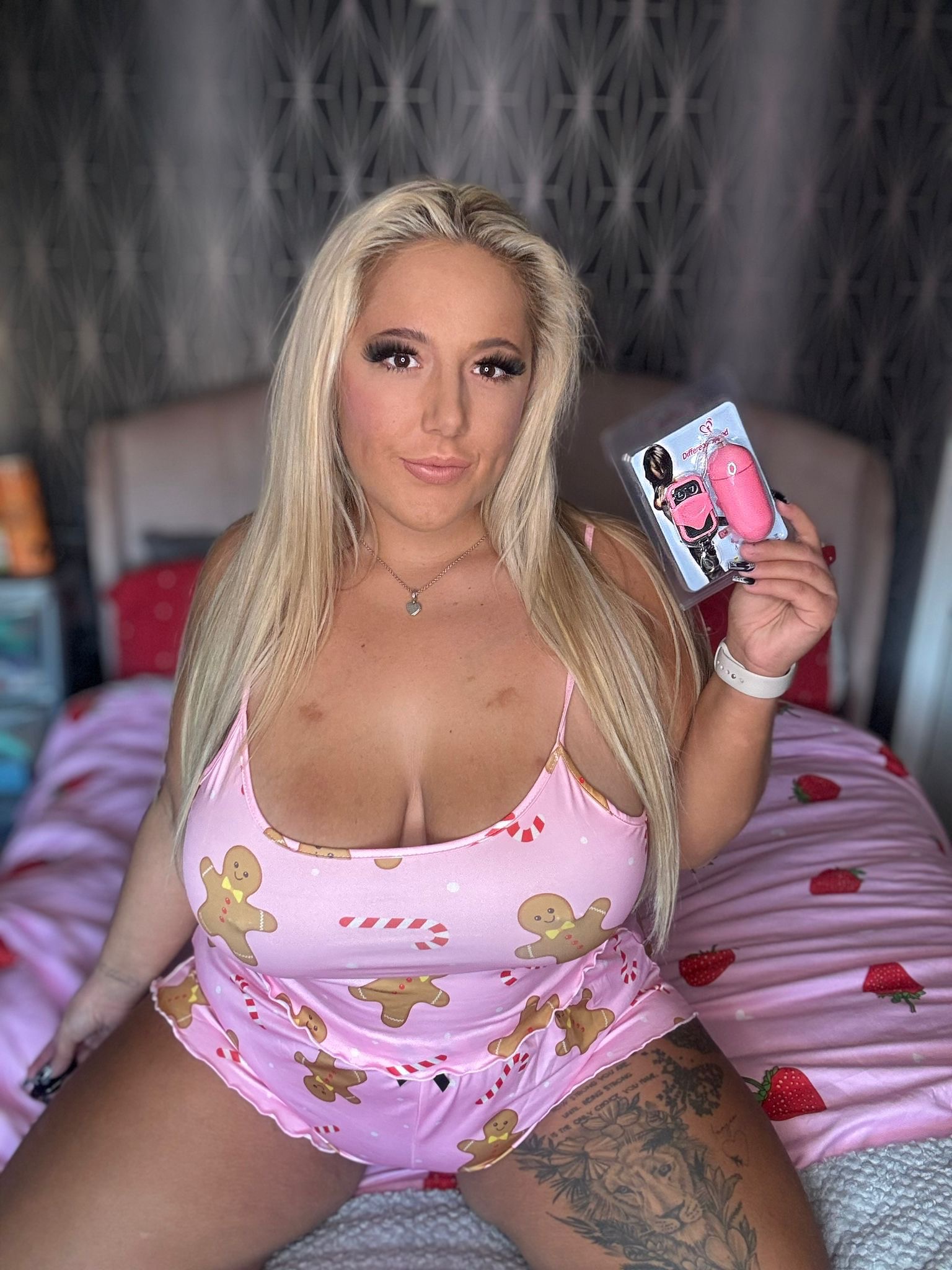Understanding Pansexuality
Pansexuality, an often misunderstood facet of human sexuality, embraces a world where attraction transcends the traditional boundaries of gender. This exploration delves into the depths of pansexuality, shedding light on its core principles and dispelling common misconceptions. Prepare to embark on a journey that celebrates the fluidity and inclusivity of human connection.
Definition and Meaning
Pansexuality is a sexual orientation characterized by the potential for romantic or sexual attraction to people regardless of their gender identity or expression. Pansexual individuals may be attracted to men, women, transgender individuals, non-binary individuals, and anyone else, recognizing that gender is not a defining factor in their attraction.
Unlike bisexuality, which often focuses on attraction to two genders (typically male and female), pansexuality encompasses a broader spectrum. Pansexual people view gender as a social construct and believe that attraction can exist beyond the confines of traditional gender binaries.
It’s important to note that pansexuality is distinct from “omnisexuality,” which refers to attraction to all genders, including those outside the gender binary.
Distinguishing from Bisexuality
Pansexuality, an often misunderstood facet of human sexuality, embraces a world where attraction transcends the traditional boundaries of gender. This exploration delves into the depths of pansexuality, shedding light on its core principles and dispelling common misconceptions. Prepare to embark on a journey that celebrates the fluidity and inclusivity of human connection.
Pansexuality is a sexual orientation characterized by the potential for romantic or sexual attraction to people regardless of their gender identity or expression. Pansexual individuals may be attracted to men, women, transgender individuals, non-binary individuals, and anyone else, recognizing that gender is not a defining factor in their attraction.
Unlike bisexuality, which often focuses on attraction to two genders (typically male and female), pansexuality encompasses a broader spectrum. Pansexual people view gender as a social construct and believe that attraction can exist beyond the confines of traditional gender binaries.
It’s important to note that pansexuality is distinct from “omnisexuality,” which refers to attraction to all genders, including those outside the gender binary.
Beyond the Gender Binary: Attraction Spectrum
Pansexuality challenges conventional notions of attraction by recognizing that romantic and sexual feelings can extend beyond the limitations of traditional gender categories. This exploration delves into the multifaceted nature of pansexuality, examining its core tenets and dispelling common misconceptions surrounding this inclusive form of sexuality.
Exploring Different Forms of Attraction
Understanding pansexuality requires a shift in perspective, moving away from rigid definitions of gender and embracing the fluidity of human attraction.
- At its core, pansexuality is about recognizing that gender identity is not a determining factor in who someone finds attractive.
- Pansexual individuals may be attracted to people of all genders, including men, women, transgender individuals, non-binary individuals, and anyone else.
- This orientation emphasizes the inclusivity of attraction, celebrating the diversity of human experience and recognizing that love and connection can flourish beyond traditional gender boundaries.
It’s important to distinguish pansexuality from bisexuality, as while both orientations encompass attraction to more than one gender, pansexuality extends its scope to include all genders without limitations.
The Role of Gender Identity in Pansexual Experiences
Pansexuality challenges conventional notions of attraction by recognizing that romantic and sexual feelings can extend beyond the limitations of traditional gender categories. This exploration delves into the multifaceted nature of pansexuality, examining its core tenets and dispelling common misconceptions surrounding this inclusive form of sexuality.
Understanding pansexuality requires a shift in perspective, moving away from rigid definitions of gender and embracing the fluidity of human attraction.

- At its core, pansexuality is about recognizing that gender identity is not a determining factor in who someone finds attractive.
- Pansexual individuals may be attracted to people of all genders, including men, women, transgender individuals, non-binary individuals, and anyone else.
- This orientation emphasizes the inclusivity of attraction, celebrating the diversity of human experience and recognizing that love and connection can flourish beyond traditional gender boundaries.
It’s important to distinguish pansexuality from bisexuality, as while both orientations encompass attraction to more than one gender, pansexuality extends its scope to include all genders without limitations.
Experiences and Identities within the Pansexual Community
Pansexuality challenges traditional notions of attraction by acknowledging that romantic and sexual feelings can exist outside the confines of gender binaries. This exploration delves into the complexities of pansexuality, examining its core principles and dispelling common misconceptions surrounding this inclusive form of sexuality.
Diversity within the Pansexual Umbrella
Experiences within the pansexual community are as diverse as the individuals who identify with it. Some pansexual people may experience attraction to multiple genders in equal measure, while others may find themselves drawn more strongly to certain genders.
Some pansexual individuals may have come out publicly and feel comfortable sharing their experiences, while others may choose to keep their sexuality private.
Navigating societal norms and expectations can present unique challenges for pansexual people. They may encounter prejudice or misunderstanding from those who hold rigid views about gender and sexuality.
Despite these challenges, the pansexual community is characterized by a strong sense of solidarity and support. Many find solace in connecting with others who understand their experiences and celebrate their identities.
Online platforms and communities provide valuable spaces for pansexual individuals to connect, share stories, and build a sense of belonging.
The diversity within the pansexual umbrella encompasses a wide range of personal expressions, attractions, and life experiences.
Intersectionality and Other Identities
Experiences within the pansexual community are as diverse as the individuals who identify with it. Some pansexual people may experience attraction to multiple genders in equal measure, while others may find themselves drawn more strongly to certain genders.
Some pansexual individuals may have come out publicly and feel comfortable sharing their experiences, while others may choose to keep their sexuality private.
Navigating societal norms and expectations can present unique challenges for pansexual people. They may encounter prejudice or misunderstanding from those who hold rigid views about gender and sexuality.
Despite these challenges, the pansexual community is characterized by a strong sense of solidarity and support. Many find solace in connecting with others who understand their experiences and celebrate their identities.
Online platforms and communities provide valuable spaces for pansexual individuals to connect, share stories, and build a sense of belonging.
The diversity within the pansexual umbrella encompasses a wide range of personal expressions, attractions, and life experiences.
Intersectionality plays a crucial role in understanding the lived experiences of pansexual individuals. Just as pansexuality transcends traditional gender boundaries, it intersects with other aspects of identity such as race, ethnicity, class, religion, and disability.
Pansexual people of color may face unique challenges stemming from racism and prejudice within both the LGBTQ+ community and wider society.
Transgender pansexual individuals may experience discrimination based on both their gender identity and sexual orientation.
It’s essential to recognize that pansexuality exists within a complex web of intersecting identities, and understanding these intersections is crucial for fostering inclusivity and creating a more equitable world.
Challenges and Misconceptions
Pansexuality challenges traditional notions of attraction by acknowledging that romantic and sexual feelings can exist outside the confines of gender binaries. This exploration delves into the complexities of pansexuality, examining its core principles and dispelling common misconceptions surrounding this inclusive form of sexuality.
Understanding pansexuality requires a shift in perspective, moving away from rigid definitions of gender and embracing the fluidity of human attraction.
- At its core, pansexuality is about recognizing that gender identity is not a determining factor in who someone finds attractive.
- Pansexual individuals may be attracted to people of all genders, including men, women, transgender individuals, non-binary individuals, and anyone else.
- This orientation emphasizes the inclusivity of attraction, celebrating the diversity of human experience and recognizing that love and connection can flourish beyond traditional gender boundaries.
It’s important to distinguish pansexuality from bisexuality, as while both orientations encompass attraction to more than one gender, pansexuality extends its scope to include all genders without limitations.
Combatting Stereotypes and Prejudice
Challenges and misconceptions surrounding pansexuality persist, often stemming from a lack of understanding and societal biases.
- One common misconception is that pansexuality is simply “bisexuality with an extra gender.”
- This oversimplification fails to capture the core principle of pansexuality, which emphasizes attraction independent of gender identity.
- Another challenge is that pansexuality may be conflated with other sexual orientations, leading to confusion and misrepresentation.
Combatting these stereotypes and prejudices requires education, open dialogue, and a commitment to inclusivity.
Navigating Coming Out and Social Acceptance

Challenges and misconceptions surrounding pansexuality persist, often stemming from a lack of understanding and societal biases.
One common misconception is that pansexuality is simply “bisexuality with an extra gender.” This oversimplification fails to capture the core principle of pansexuality, which emphasizes attraction independent of gender identity.

Another challenge is that pansexuality may be conflated with other sexual orientations, leading to confusion and misrepresentation.
Combatting these stereotypes and prejudices requires education, open dialogue, and a commitment to inclusivity.
Navigating coming out as pansexual can present unique challenges depending on an individual’s personal circumstances and social environment. Some individuals may find support and acceptance from family and friends, while others may encounter resistance or rejection.
It’s important for pansexual people to have access to safe spaces and resources where they can connect with others who understand their experiences and provide support during this journey.
Building a supportive community is crucial for fostering social acceptance and creating an environment where pansexual individuals feel seen, valued, and respected.
bdsm humiliation punishment
Read on to learn more
Continue with the full article
- Tear Trough Filler – Under Eye Filler Near Dunsfold, Surrey - December 2, 2025
- Skin Pen Microneedling Near Croydon, Surrey - November 23, 2025
- Sculptra Surrey – Collagen Stimulation Therapy Near Sunbury On Thames, Surrey - November 20, 2025

